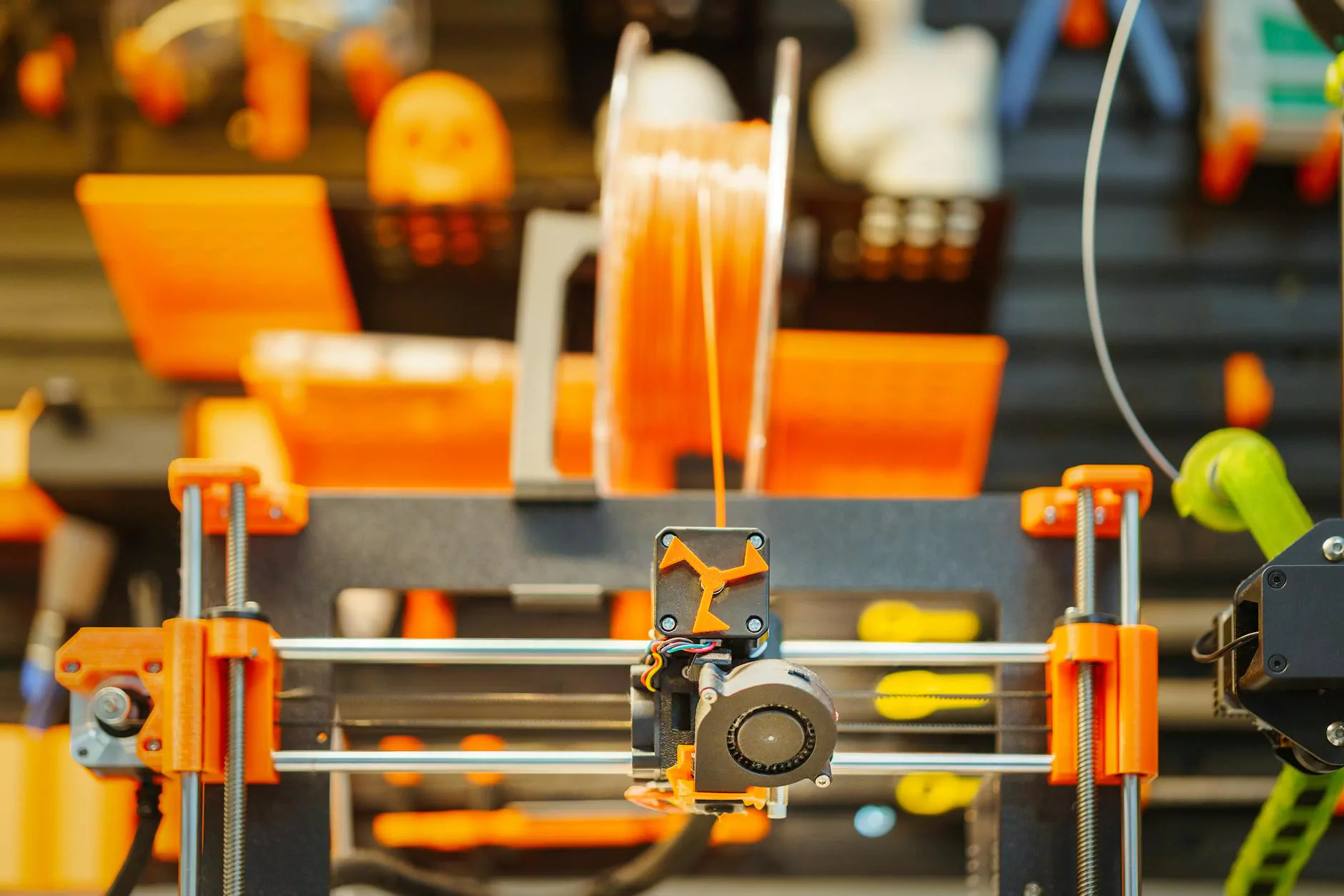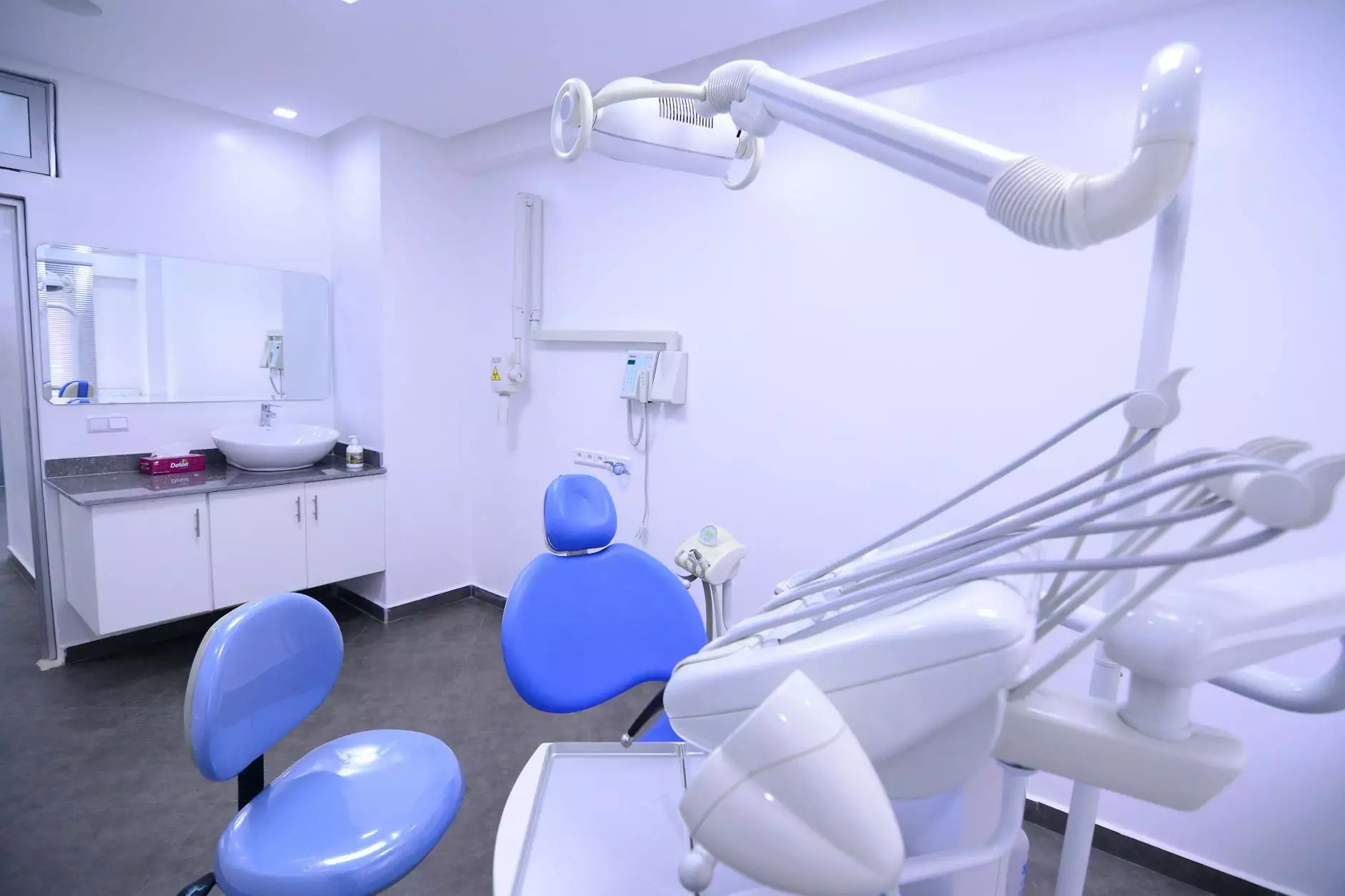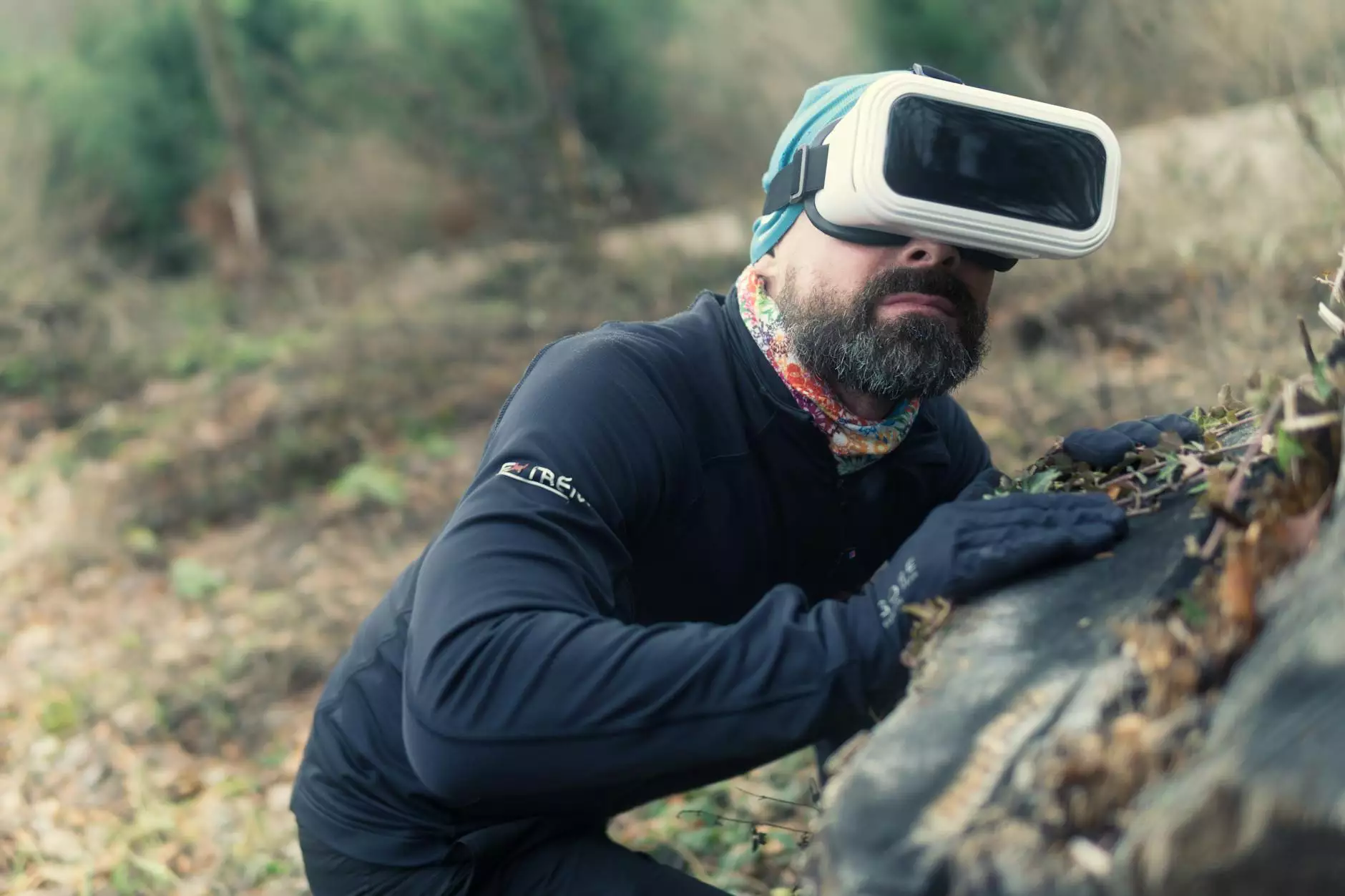Exploring FDM Technology in Art Supplies, Product Design, and 3D Printing

The world of 3D printing has evolved tremendously, reshaping industries and redefining possibilities. At the heart of this transformation lies a groundbreaking technology known as Fused Deposition Modeling, or FDM. This article delves into how FDM technology is revolutionizing art supplies, product design, and 3D printing, making it an essential subject for enthusiasts and professionals alike.
Understanding FDM Technology
FDM is a popular 3D printing method that creates objects layer by layer. It works by melting a thermoplastic filament and extruding it through a heated nozzle. As the filament is deposited, it cools and solidifies, forming a durable structure. The FDM printing process is relatively straightforward and is renowned for its accessibility, making it a top choice for both novice makers and seasoned experts.
The Evolution of FDM in Art Supplies
Art supplies have taken on new life with the introduction of FDM technology. Artists now have the power to create intricate designs and innovative materials that were previously unimaginable. The integration of 3D printing into artistic processes is opening pathways for creativity, enabling artists to:
- Design Unique Artworks: FDM allows artists to produce custom pieces that reflect their individual style.
- Experiment with Textures: The layer-by-layer approach enables complex textures and shapes that enhance visual appeal.
- Quick Prototyping: Artists can swiftly prototype their ideas, allowing for rapid iteration and refinement.
FDM Filaments: The Foundation of Creative Projects
The choice of filament significantly impacts the final output. Common filament materials include:
- PLA (Polylactic Acid): Biodegradable and easy to print, ideal for artistic endeavors.
- ABS (Acrylonitrile Butadiene Styrene): Provides strength and durability, perfect for functional art pieces.
- TPU (Thermoplastic Polyurethane): Flexible and durable, great for creative, bendable designs.
FDM in Product Design: Revolutionizing Industries
In the realm of product design, FDM technology offers unprecedented advantages. Designers can quickly turn concepts into reality, enhancing workflows and reducing lead times. Here’s how FDM is changing the field:
Rapid Prototyping
FDM provides designers with the ability to create prototypes rapidly. This speed allows for:
- Iterative Design: Designers can refine their projects based on initial feedback without extensive lead times.
- Cost Efficiency: Reduces material waste and tooling costs associated with traditional prototyping methods.
Customization and Personalization
Today’s consumers demand personalization. FDM technology meets this need by enabling:
- Tailored Products: Companies can create bespoke items that cater to individual preferences.
- Low-Volume Production: Perfect for small run products without the need for large manufacturing setups.
FDM and 3D Printing: Transforming Creative Industries
In the world of 3D printing, FDM technology stands out for its versatility and practicality. It forms the backbone of many creative industries by allowing the production of items ranging from intricate prototypes to functional end-use parts.
Accessibility of FDM Printers
The affordability and user-friendliness of FDM printers make them accessible to a wide audience, including:
- Educational Institutions: FDM printers are incorporated into STEM programs, encouraging young minds to explore innovation.
- Hobbyists and Makers: Enthusiasts can easily set up their own printing stations and experiment with designs.
Versatile Applications in Various Fields
FDM technology finds its applications across diverse sectors, including:
- Architecture: Creating scale models that help visualize projects before execution.
- Jewelry Design: Producing intricate and customizable pieces that reflect personal style.
- Medical Field: Developing patient-specific models for surgical planning and education.
Future of FDM Technology in Art Supplies, Product Design, and 3D Printing
The future of FDM technology looks promising, with ongoing advancements that will further enhance its capabilities. Trends to watch include:
New Materials and Filaments
The range of materials available for FDM printing is expanding, including:
- Composite Filaments: Blending materials to achieve unique properties—like strength, flexibility, and aesthetics.
- Bio-Based Filaments: Developing environmentally friendly options that do not sacrifice quality.
Improved Print Speeds and Resolutions
Investments in technology are leading to enhanced print speeds and resolutions, making FDM processes even more efficient.
Integration with AI and Machine Learning
Emerging technologies like AI and machine learning are expected to optimize printing processes, streamline workflows, and improve design precision down the line.
Conclusion: Embracing the FDM Revolution
The integration of FDM technology into art supplies, product design, and the broader landscape of 3D printing is reshaping the creative industries. Its ability to foster innovation, speed up production, and offer personalized solutions makes it a powerful tool for artists, designers, and businesses.
As technology continues to advance, the potential applications and benefits of FDM will only expand, further enhancing our ability to create, design, and innovate. For anyone interested in the future of art supplies, product design, and 3D printing, understanding FDM is crucial.
In a world where creativity knows no bounds, the FDM revolution is just beginning. Stay informed, stay inspired, and embrace the future of technology in your creative endeavors.









